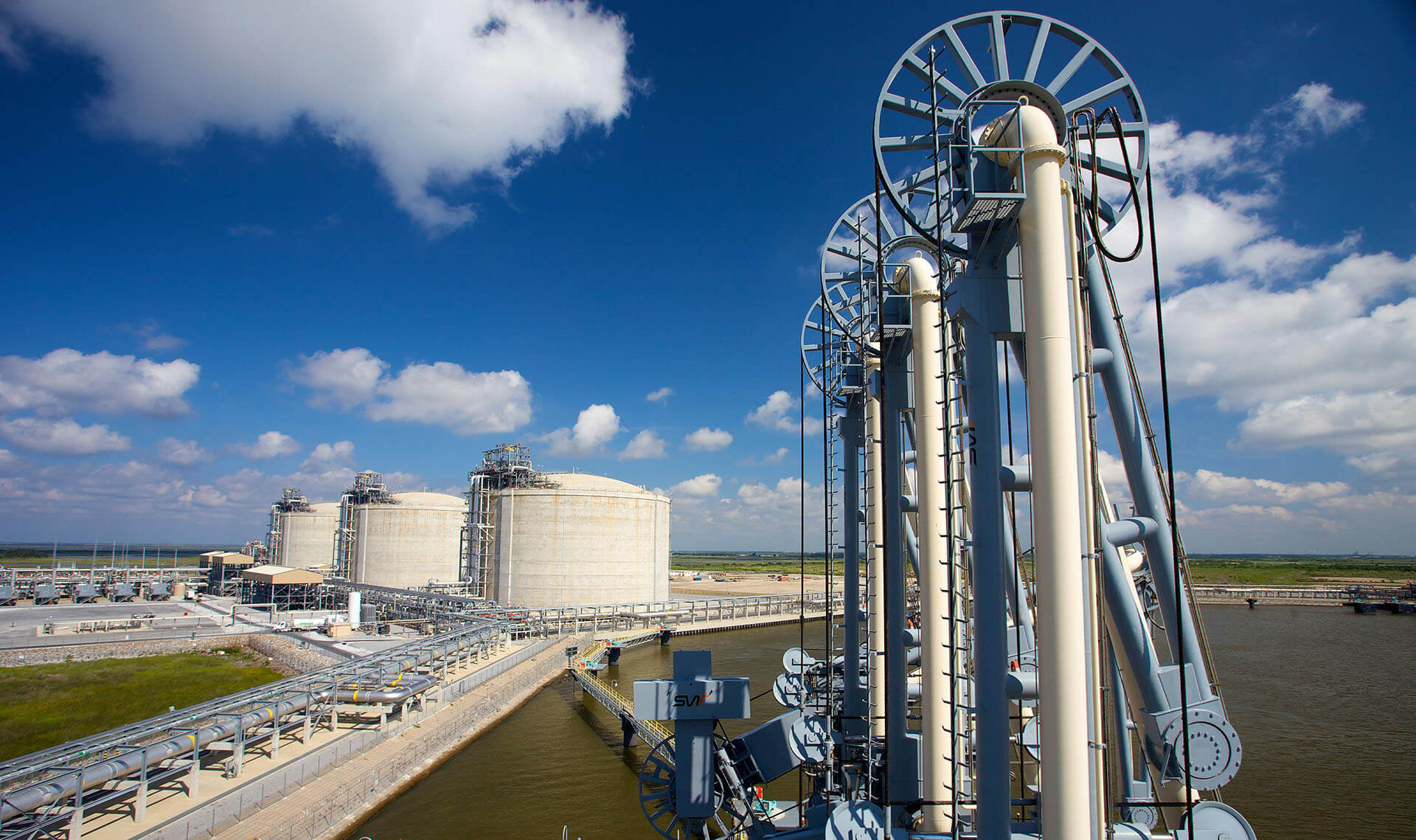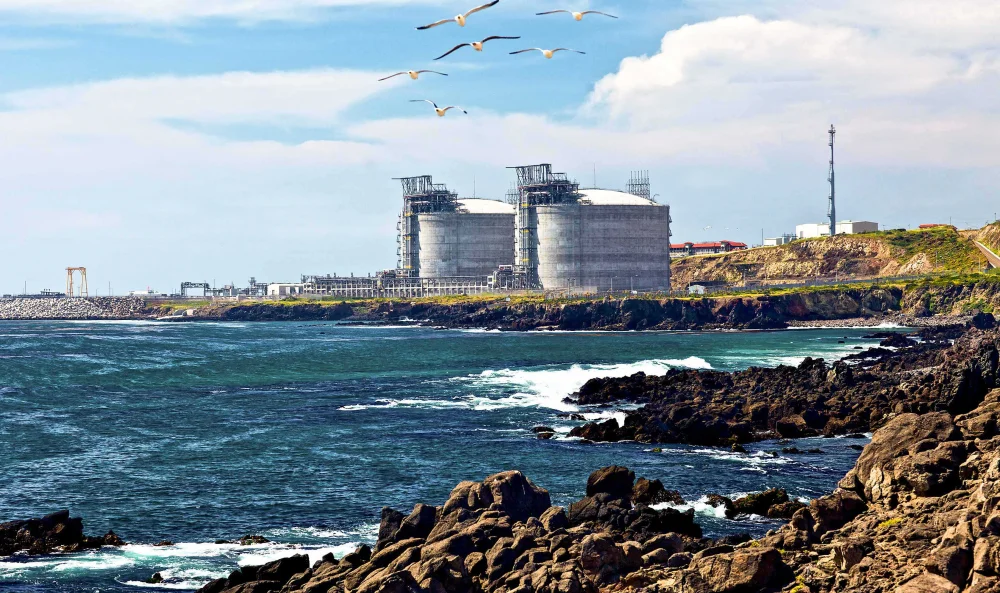What is LNG?

A clean and affordable method for natural gas transportation.
As a clean-burning alternative to coal, worldwide demand for natural gas is high and will continue to increase as we move toward a greener energy future.
LNG Process
The liquefied natural gas (LNG) value chain represents $7 to $14 billion dollars of investment from start to finish.
Exploration and Production
Natural gas is extracted from underground reservoirs and sent through a pipeline to a liquefaction facility.
Liquefaction
At the liquefaction facility, after impurities are removed, the gas is sent through three cooling processes until it reaches a temperature of -260° F.
Shipping
The chilled gas, now LNG, is loaded onto specially designed tanker ships where it will be kept chilled for the duration of the voyage, which may last anywhere from four to thirty days, depending on the destination port.
Regasification
Once the ship arrives at a regasification terminal, the LNG is offloaded into large full-containment storage tanks to keep the LNG cold until it is turned back into a gaseous state.
Customers
When the LNG has been warmed back to its natural state, the gas is moved into pipelines which deliver the natural gas to customers (residential, power plants and industrial) across the country.
Liquefaction Projects
Delivering world-class natural gas liquefaction facilities to provide worldwide market access.
